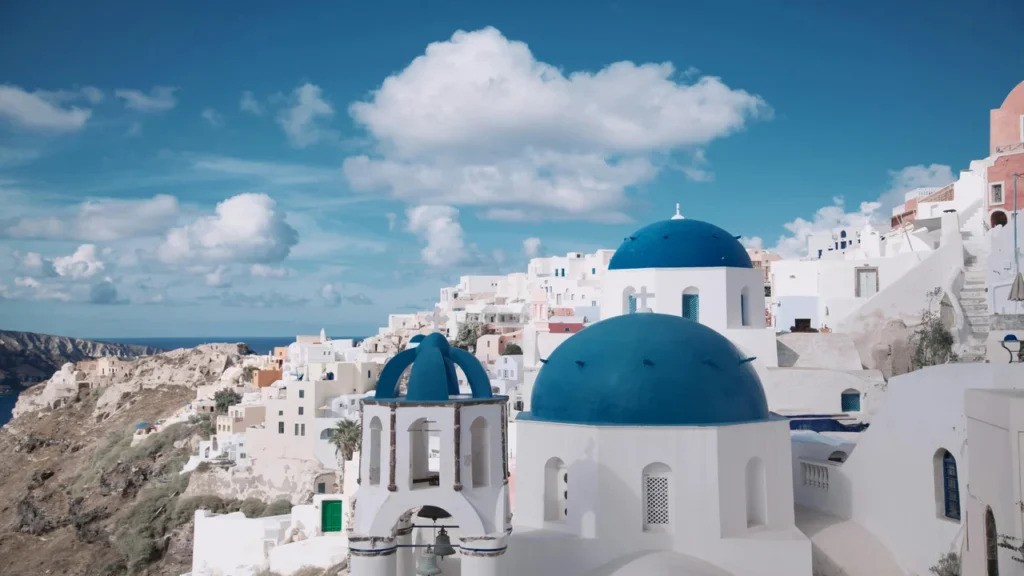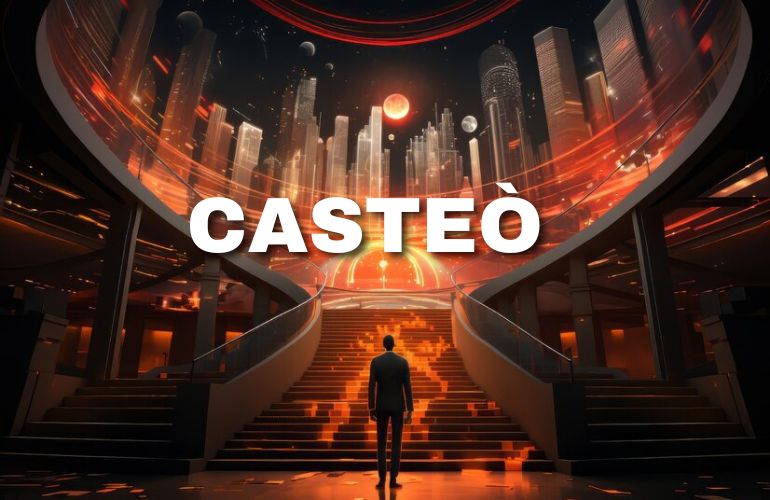Few concepts are as intricate and captivating as Casteò interwoven within the tapestry of human societies. It traverses the realms of tradition and modernity, reflecting upon social structures, cultural richness, and the ever-evolving dynamics of our world. This comprehensive exploration delves into the multifaceted facets of spanning from its historical origins to its contemporary manifestations, shedding light on its significance in shaping communities and identities worldwide.
Table of Contents
ToggleWhat is Casteò?
Casteò refers to a social stratification system that divides a society members into distinct groups based on factors such as heredity, occupation, and social status. Caste systems often dictate social interactions, marriage, and access to resources, leading to hierarchical structures within communities.
Social Structures and Their Impact on Communities
Casteò rooted in historical caste systems, epitomizes the enduring struggle for social equality and justice. Through the lens we witness the resilience of communities in dismantling barriers and empowering marginalized groups. This ongoing quest for equality serves as an inspiration, driving forces towards a more inclusive and equitable society.
Bridging Divides Through Social Reform
Initiatives aimed at combatting social inequality are at the forefront of narrative, emphasizing the importance of education, economic empowerment, and legal reforms. By addressing systemic injustices, Casteò communities strive to create a more just and equitable society, where every individual rights and dignity are upheld.
Cultural Richness and Architectural Marvels

The cultural landscape of Casteò is a testament to its rich history, blending influences from ancient civilizations to the Renaissance era. Its architectural marvels stand as tangible reminders of past achievements, inviting exploration and admiration. Through cultural heritage, we embark on a journey through time, unraveling the layers of history that shape its identity.
Impact from the Renaissance and Later Eras
The Renaissance era indelible imprint on Casteò cultural and architectural identity underscores the enduring legacy of human creativity and innovation. From artistic masterpieces to architectural wonders, the Renaissance continues to inspire and captivate, bridging the gap between the past and the present.
Tradition Meets Modernity
In the face of contemporary challenges Casteò embodies resilience and adaptability, navigating the complexities of modern life while preserving its cultural heritage. By embracing technological advancements and innovative practices communities strike a delicate balance between tradition and progress, ensuring the preservation of their cultural identity amidst a rapidly changing world.
A Culinary Journey Through Time
Casteò culinary traditions offer a glimpse into its vibrant cultural tapestry, blending ancient recipes with modern culinary techniques. From traditional Italian digestifs to culinary festivals, food serves as a catalyst for community gatherings and cultural celebrations. Through gastronomy preserves its culinary legacy while embracing the evolution of taste and tradition.
Casteò in Different Cultures
India
In India the Casteò system has been a defining feature of society for millennia. It traditionally comprises four primary varnas, or social classes, namely Brahmins (priests and scholars), Kshatriyas (warriors and rulers), Vaishyas (traders and agriculturists), and Shudras (laborers and service providers). Additionally, there are numerous sub-castes, known as jatis, further stratifying social groups.
Japan
Japan has its own historical caste system, exemplified by the division of society into distinct classes during the feudal era. The samurai, farmers, artisans, and merchants constituted the primary classes, each with its prescribed roles and responsibilities.
Africa
Casteò like systems have been observed in various African societies, where social stratification based on heredity, occupation, and tribal affiliations has influenced community dynamics and relationships.
The Controversies and Debates Around Casteò
Caste systems have sparked considerable controversy and debate, primarily due to their association with discrimination, inequality, and social exclusion. Critics argue that caste reinforces injustice and hinders social mobility, perpetuating systemic oppression and marginalization.
Preserving Heritage Embracing the Future
As Casteò navigates the challenges of globalization and modernization, efforts to preserve its cultural heritage take center stage. Through architectural conservation, arts, and crafts revival, and educational initiatives communities ensure the continuity of their traditions for future generations. By embracing the future while honoring the past exemplifies the harmonious coexistence of tradition and innovation.
Legal Frameworks and Policy Innovations
Innovative legal frameworks and policy initiatives play a crucial role in safeguarding Casteò cultural heritage and promoting social equity. By enacting forward-thinking laws demonstrates a commitment to preserving its cultural identity while fostering sustainable development and inclusive growth. Through legal and policy innovations paves the way for other communities to reconcile tradition with modernity.
Cultural Adaptation and Global Influence

Casteò cultural adaptation and global influence underscore its resilience and relevance in the contemporary era. As the world becomes increasingly interconnected cultural richness captivates global audiences, sparking discussions on cultural diversity and preservation. Through cultural exchange and collaboration expands its influence while staying true to its roots, enriching the global cultural landscape.
The Renaissance of Gastronomy
Casteò culinary renaissance reflects its commitment to innovation and tradition, blending old-world recipes with modern culinary trends. Festivals and culinary celebrations serve as vibrant showcases of Casteò gastronomic heritage, fostering community bonds and cultural exchange. By sustaining its gastronomic identity ensures the preservation of its culinary legacy for generations to come.
Cultural Preservation and Innovation
Through architectural conservation, arts, and crafts revival, and educational initiatives, Casteò communities safeguard their cultural heritage while embracing innovation. By nurturing a creative economy and promoting cultural transmission ensures the continuity of its traditions in a rapidly changing world. Through a symbiotic relationship between preservation and innovation thrives as a beacon of cultural resilience and creativity.
Conclusion
Casteò, with its intricate tapestry of tradition, modernity, and cultural identity, encapsulates the essence of human civilization. As we journey through its rich history and vibrant culture, we are reminded of the enduring resilience of communities in the face of change. In the nexus of tradition and innovation emerges as a symbol of hope and possibility, inspiring us to embrace the diversity of our shared heritage and the limitless potential of human creativity.
More Stories
The Importance of Choosing the Right Car Dealer in Mozambique
Selecting the best auto dealer of used cars for sale in Mozambique is essential for a dependable and fulfilling car...
Quality of Living and Transport in Calgary – Canada
Calgary has a transportation system with many ways to get around. It has roads, trains, planes, buses and paths for...
Travel To The Top And Diverse Cities in Europe
Travlegint to Europe and looking for the best cities in Europe?. Europe stands as a continent bursting with diversity, where...
Seamless Travel: Exploring Flights from Orlando to Fort Lauderdale with Ease
Are you ready to embark on a seamless journey from Orlando to Fort Lauderdale? Look no further than the convenient...
Private Transfers from Aspen to Top Destinations
Introduction Private transfers from Aspen to top destinations give customers unique and tailor-made transit solutions. Whether going to a nearby...
Sleeping Under the Stars: Tasmania’s Best Glamping Spots Revealed
Tasmania is an island state in Australia that is renowned for its breathtaking landscapes, rugged wilderness, and unique wildlife. It...


